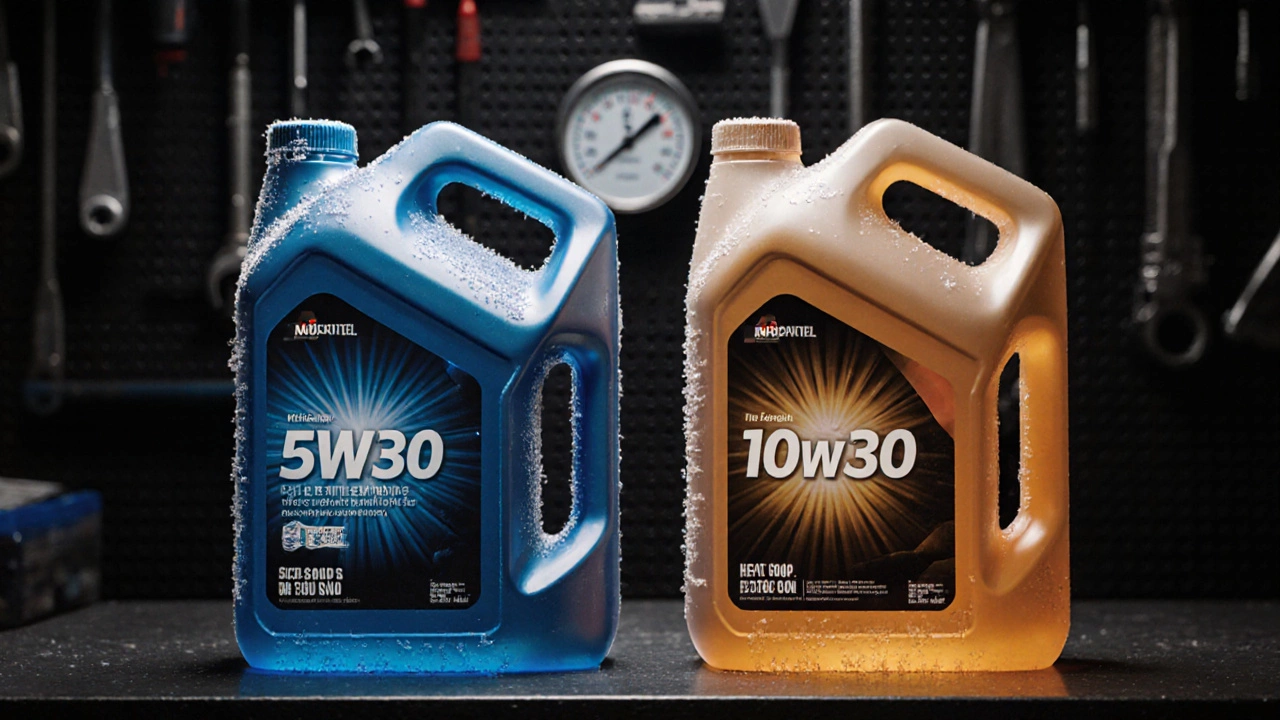Oil Grade Comparison – Choose the Right Oil for Your Engine
When working with oil grade comparison, the process of evaluating different oil viscosities, formulations and specifications to match your vehicle’s requirements. Also known as oil grade analysis, it helps drivers pick a lubricant that protects the engine, improves fuel economy and meets warranty rules. In plain terms, oil grade comparison is about matching the right thickness and chemistry to the conditions your car faces every day.
Why It Matters: Viscosity, Type and Filters
Understanding engine oil, the liquid that reduces friction between moving parts inside the engine starts with the viscosity grade, a numeric code like 5W-30 that tells you how thick the oil is at cold‑start and operating temperatures. A higher first number (the “W” rating) means the oil stays thicker in the cold, while the second number shows how it behaves when the engine is hot. Oil grade comparison also has to factor in whether the oil is synthetic or conventional. Synthetic oil, engine oil engineered at the molecular level for better flow and stability often delivers smoother cold starts, higher temperature resistance and longer drain intervals, which can shift the optimal grade for your car. Meanwhile, conventional oil may be sufficient for older engines or milder climates. The choice of oil also affects the oil filter, the component that catches debris and particles before they circulate through the engine. A high‑efficiency filter works best with low‑viscosity synthetics, while heavier oils can tolerate standard cartridge filters without compromising protection.
Beyond the fluid itself, timing and conditions play a big role in oil grade comparison. How often you change oil, the climate you drive in, and the load you put on the engine (like towing or sport driving) all influence the best grade. For example, in cold regions a 0W‑20 synthetic may flow faster at start‑up, reducing wear, whereas in hot, high‑performance scenarios a 10W‑60 mineral blend could keep critical clearances stable. Knowing these relationships lets you avoid over‑ or under‑specifying oil, which can lead to reduced fuel efficiency, premature wear or even warranty disputes. By matching viscosity, type and filter to your vehicle’s design and driving habits, you create a balanced lubrication system that maximizes longevity and performance.
Below you’ll find a hand‑picked collection of articles that dive deeper into each of these pieces. From detailed guides on how to read oil labels, to side‑by‑side tests of synthetic vs conventional blends, and tips on spotting the right filter for your car, the posts give you the practical knowledge to make confident decisions. Whether you’re a DIY enthusiast or just want to understand what the mechanic is recommending, this resource will help you apply oil grade comparison concepts to real‑world situations.

5W30 vs 10W30 Engine Oil: Which One Is Better for Your Car?
Find out whether 5W30 or 10W30 engine oil is best for your car, climate, and driving style. Get clear comparisons, tips, and a quick decision checklist.
CONTINUE READING








